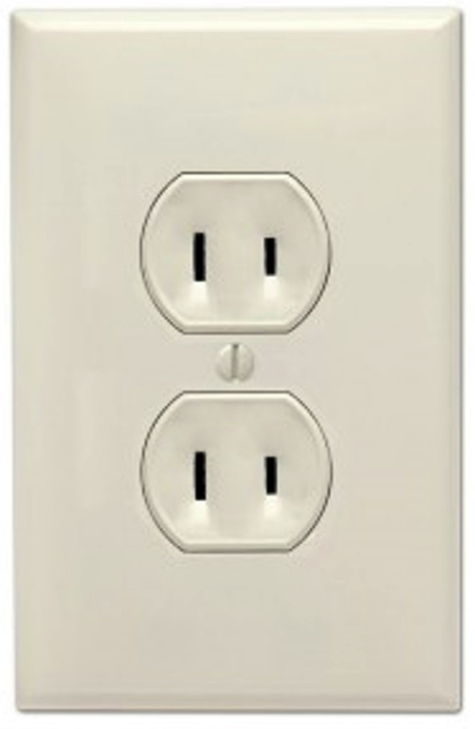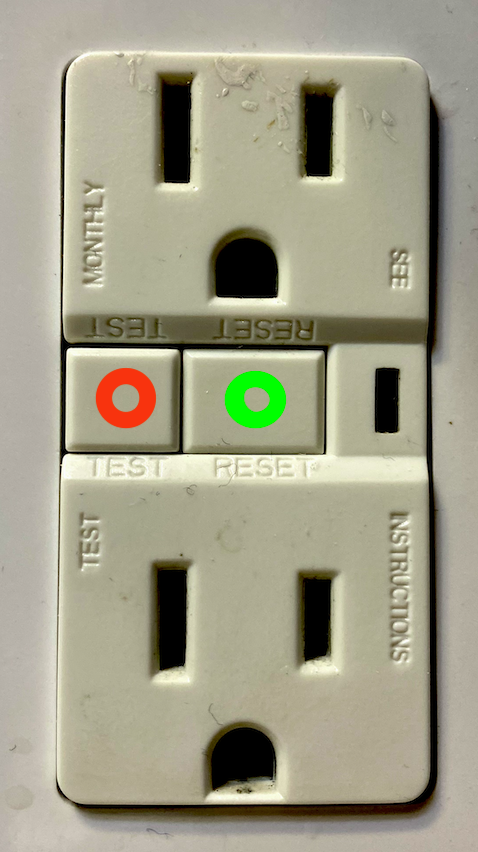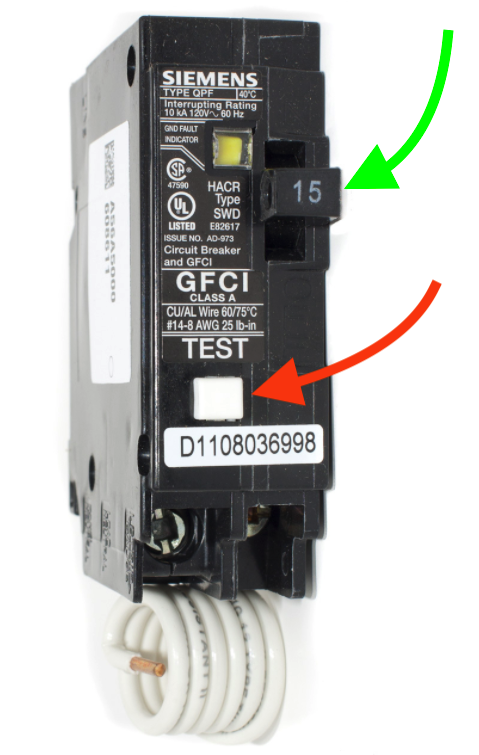Until the late 1960s or early 1970s it wasn't uncommon for homes to be be built without equipment grounding conductors. A system of equipment grounding conductors provides an extra degree of safety. These homes had electrical receptacles with two slots, one each for the hot (ungrounded) and neutral (grounded) conductors, designed to receive 2-pronged plugs. Grounded outlets have an additional hole connected to an equipment grounding conductor, and receive 3-prong plugs.
Let's say you’re buying an older home, and the inspector has identified the 3-prong outlets (used with grounded systems) as lacking equipment grounding conductors. This condition is dangerous because it leads those using the electrical system to believe they are protected by a grounding system when they are not. It's a potential shock/electrocution hazard.
Bootleg Grounds
Sometimes, those who are ignorant or unscrupulous will alter an ungrounded outlet so that it will respond to common, inexpensive electrical testers as if the outlets are grounded by wiring the outlet neutral screw to the grounding screw. This provides no protection.


If the receptacles test as grounded but you don't see equipment grounding conductors in the panel, you almost certainly have a home with bootleg grounds. This is a hazardous condition since it gives people the impression that they are protected by a grounding system, but they are not.
Three Solutions:
Install 2-prong outlets
This is the least desirable solution because it offers no additional protection, but it does alert the user that the system is ungrounded.

Rewiring
Another solution, the most expensive, is to have a grounding wire added throughout the home to every electrical outlet, switch, and light fixture. These wires all connect to the neutral bus bar in your electrical service panel (where your main electrical disconnect is located). This bus bar is then wired to a service grounding device, usually a big metal rod driven 8 feet into the ground.
Ground Fault Circuit Interrupter (GFCI) Protection
A less expensive and but effective option is to have GFCI protection installed. GFCI protection doesn't provide grounding, but it will provide additional protection against shock/electrocution by almost instantly shutting off power to a circuit if it senses that a person has become part of that circuit.
GFCI protection can be provided in two different ways:
1. Replacing the electrical circuit receptacle located closest to the electrical service panel with a GFCI receptacle. This will protect all outlets downstream on that circuit (fed by the same two conductors). This is the least expensive method.
2. Replacing the service panel circuit breaker currently protecting the electrical circuit that contains the outlets of concern with a GFCI breaker.This will protect all outlets on that circuit.
Both GFCI outlets and breakers will have test buttons for tripping and resetting each device:



